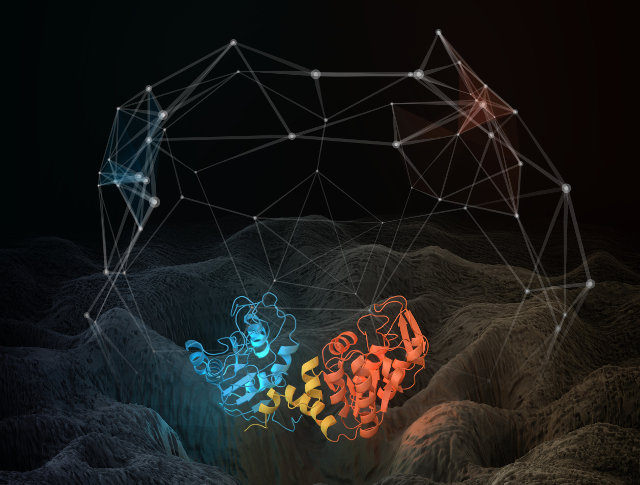
A release of the data for the IllustrisTNG simulation of the universe
An article published in the journal “Computational Astrophysics and Cosmology” presents the complete public release of the simulations coded as TNG100 and TNG300 of the IllustrisTNG project, a highly sophisticated simulation of the universe that has been improved over years of work. A team of researchers kept on improving its details and functionalities also by developing new interaction and exploration 2D and 3D tools to simulate two cubes of space of 100 and 300 million parsec side length.





